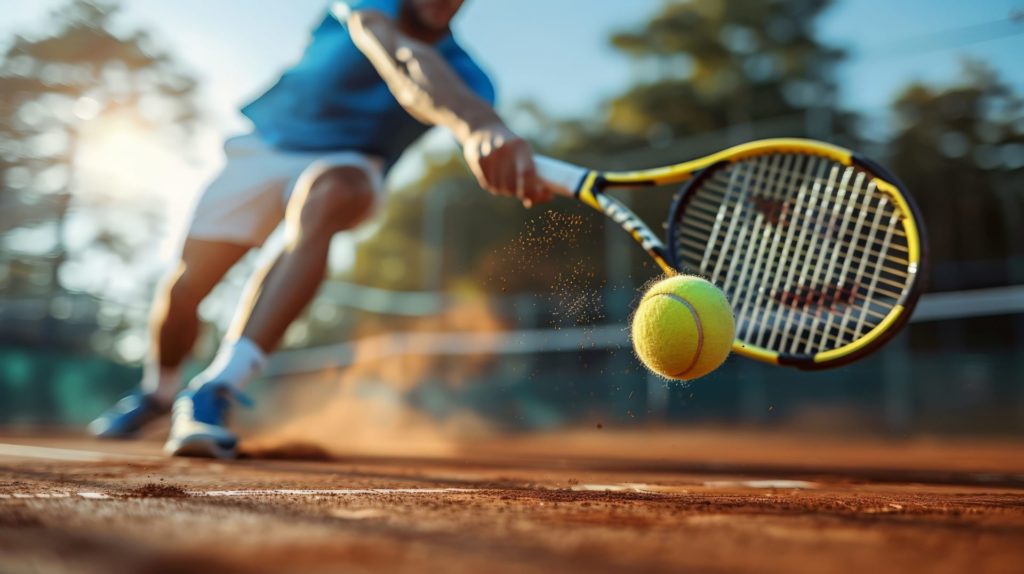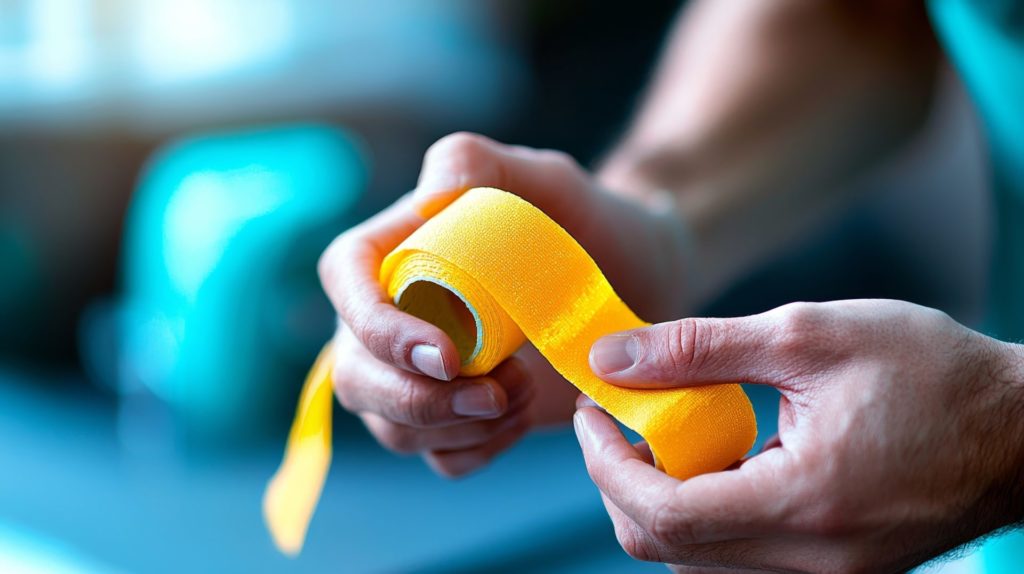In the UK, sports injuries are a prevalent issue. According to the NHS, around 400,000 people visit the Accident & Emergency department each year due to sports-related injuries. These injuries span various activities, from team sports such as football and rugby to individual pursuits such as running and gym workouts.
With hand and wrist trauma making up 25% of these injuries, prevention is crucial for maintaining an active and injury-free lifestyle.
In this blog, we’ll explore 10 tips for preventing hand and wrist injuries while playing sports.
Warm-up
Targeted wrist stretches are an essential part of any warm-up routine, especially when they involve sports that require repetitive hand and wrist movements, such as golf, tennis, or weightlifting.
Incorporating gentle stretches can help improve flexibility, increase the range of motion, and reduce the risk of repetitive strain injuries (RSI).
Start with simple wrist circles, rotating your wrists clockwise and anticlockwise, loosening the joints. Extensor stretches, which involve extending your arm in front of the body and gently pulling back your fingers with the other hand, are a good way to enhance blood flow, preparing the muscles, tendons, and joints for more intensive movements, whilst staying injury-free.
Use proper techniques
Making sure to maintain the correct technique is crucial for reducing strain on the wrist and preventing injury. Incorrect wrist or hand alignment can lead to an unnecessary amount of pressure on the tendons and ligaments, causing discomfort or long-term injuries such as carpal tunnel syndrome and rugby jersey finger.
To protect your wrists, look to keep them in a neutral position- neither bent too far forward nor too far back, especially during exercises such as push-ups or lifting heavy weights.
By prioritising the correct form, you not only safeguard your wrists but also enhance your performance.
Wear supportive gear
Wearing supportive sports gear such as wrist guards, gloves and athletic tape is a simple yet effective way to reduce the risk of overuse injuries, especially during high-impact activities.
Wrist guards provide stability, whilst helping to prevent hyperextension, making them ideal for sports such as skateboarding. Similarly, wearing gloves offers extra grip and cushioning, reducing strain on the wrists whilst cycling or preventing wrist fractures from falling onto an outstretched arm. Athletic tape is another brilliant way to provide your wrists and hands with the support they need, stabilising the joints and tendons.
Whether you are recovering from previous sports injuries or aiming to prevent one, making sure you are using the correct supportive gear provides an added layer of protection keeping your hands and wrists in the best condition.
Listen to your body
Listening to your body is essential when it comes to preventing hand and wrist injuries in sports, especially if you’re experiencing any pain or discomfort. Ignoring early signs such as stiffness, soreness or tingling in your wrists or fingers can lead to more serious conditions, including tendonitis.
If you feel discomfort during an activity, take a break and reduce the intensity to allow your wrists and hands to recover. Being mindful of your body’s signals can not only prevent long-term damage but also ensure you’re able to perform to your best, without compromising your health.
Avoid repetitive motions
Whether you’re playing cricket, rugby, or golfing, using the same wrist and hand motions repeatedly can lead to strain on your muscles or tendons. To prevent this, you must switch up your routines and try to incorporate a variety of movements into your practice.
By alternating between different exercises or positions that engage different muscles you are allowing your hands and wrists to recover, build strength, and avoid injury.
Take breaks
Just as listening to your body is important, taking breaks is also necessary when it comes to intense games or long practice sessions. Continuous use of your hands and wrists without adequate rest can lead to injuries.
Short breaks, whether that be a few minutes to stretch or simply relax your hands, can significantly reduce strain. Incorporating rest periods into your routine not only keeps your hands healthy but enhances your ability to perform consistently.
Remove jewellery and fake nails
Although it may sound obvious, wearing jewellery during sports can increase the risk of injury. Wearing rings, bracelets, or fake nails whilst exercising heightens the risk of skin tears and interferes with your grip. Equally, jewellery can put pressure on the wrist, restricting blood flow.
By taking off all jewellery before taking part in any sport, you ensure you have full motion of your wrists and hands without the opportunity for injury.
Increase strength and flexibility
Whilst increasing your hand and wrist strength is key to preventing injury whilst playing sports, targeting full-body exercises is crucial to distribute the workload more effectively across your body.
Incorporating exercises to strengthen your core and shoulder muscles provides essential support to your wrists and hands, reducing the strain placed on them during physical activities.
Get enough sleep and eat healthy
Making sure you are getting enough sleep is just as much of a fundamental component of your workout routine as anything else. Your quality of sleep is crucial for muscle recovery and repair, allowing your wrists to heal and strengthen from physical exertion.
Coupled with a diet rich in essential nutrients- such as proteins, vitamins, and minerals- your body gains the energy and building blocks needed for optimal function and injury prevention.
Integrating rest days into your workout regimen helps to prevent burnout from overtraining, ensuring that your muscles and joints have time to recover.
Gradually increase intensity
Abrupt spikes in activity levels can overwhelm your muscles, tendons, and joints. Implementing a gradual progression of duration, frequency, or intensity of your exercises, allows for your body to adapt and build strength incrementally, reducing the risk of overloading your hands and wrists.
If you are aiming to lift heavier weights or run longer distances, do so in small manageable proportions.
If you are concerned about a recent injury to your hands or wrists, book an appointment with Ladan Hajipour.






